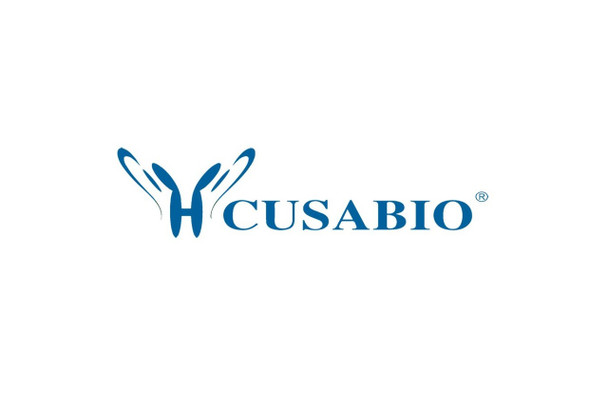Cusabio Active Proteins
Recombinant Mouse Fibroblast growth factor 2 (Fgf2) (Active) | CSB-AP004061MO
- SKU:
- CSB-AP004061MO
- Availability:
- 5 to 10 Working Days
Description
Recombinant Mouse Fibroblast growth factor 2 (Fgf2) (Active) | CSB-AP004061MO | Cusabio
Protein Description: Full Length
Alternative Name (s) : Fibroblast Growth Factor 2; FGF-2; Basic Fibroblast Growth Factor; bFGF; Heparin-Binding Growth Factor 2; HBGF-2; Fgf2; Fgf-2
Gene Names: Fgf2
Research Areas: Signal Transduction
Species: Mus musculus (Mouse)
Source: E.coli
Tag Info: Tag-Free
Expression Region: 1-154aa
Sequence Info: MAASGITSLPALPEDGGAAFPPGHFKDPKRLYCKNGGFFLRIHPDGRVDGVREKSDPHVKLQLQAEERGVVSIKGVCANRYLAMKEDGRLLASKCVTEECFFFERLESNNYNTYRSRKYSSWYVALKRTGQYKLGSKTGPGQKAILFLPMSAKS
Biological Activity: The ED50 as determined in a cell proliferation assay using BALB/c 3T3 cells is less than 2 ng/ml.
MW: 17.15 kDa
Purity: Greater than 95% as determined by SDS-PAGE.
Endotoxin: Less than 1.0 EU/µg as determined by LAL method.
Relevance: FGF basic is one of 22 mitogenic proteins of the FGF family, which show 35-60% amino acid conservation. Unlike other FGFs, FGF acidic and basic lack signal peptides and are secreted by an alternate pathway. The 17 kDa mouse sequence has 98% aa identity with rat, and 95% identity with human, bovine, and sheep FGF basic. Binding of FGF to heparin or cell surface HSPG is necessary for binding, dimerization and activation of tyrosine kinase FGF receptors. FGF basic binds other proteins, polysaccharides and lipids with lower affinity. Expression of FGF basic is nearly ubiquitous but disruption of the mouse FGF basic gene gives a relatively mild phenotype, suggesting compensation by other FGF family members. FGF basic modulates such normal processes as angiogenesis, wound healing and tissue repair, embryonic development and differentiation, neuronal function and neural degeneration. Transgenic overexpression of FGF basic results in excessive proliferation and angiogenesis is reminiscent of a variety of pathological conditions.
PubMed ID:
Notes: Repeated freezing and thawing is not recommended. Store working aliquots at 4℃ for up to one week.
Function: Plays an important role in the regulation of cell survival, cell division, angiogenesis, cell differentiation and cell migration. Functions as potent mitogen in vitro. Can induce angiogenesis.
Involvement in disease:
Subcellular Location: Secreted, Nucleus
Protein Families: Heparin-binding growth factors family
Tissue Specificity:
Paythway:
Form: Lyophilized powder
Buffer: Lyophilized from a 0.2 μm filtered 20 mM PB, 400 mM NaCl, pH 7.0
Reconstitution: We recommend that this vial be briefly centrifuged prior to opening to bring the contents to the bottom. Please reconstitute protein in deionized sterile water to a concentration of 0.1-1.0 mg/mL.We recommend to add 5-50% of glycerol (final concentration) and aliquot for long-term storage at -20℃/-80℃. Our default final concentration of glycerol is 50%. Customers could use it as reference.
Uniprot ID: P15655
Uniprot Entry Name:
HGNC Database Link: N/A
UniGene Database Link: UniGene
KEGG Database Link: KEGG
STRING Database Link: STRING
OMIM Database Link: N/A









